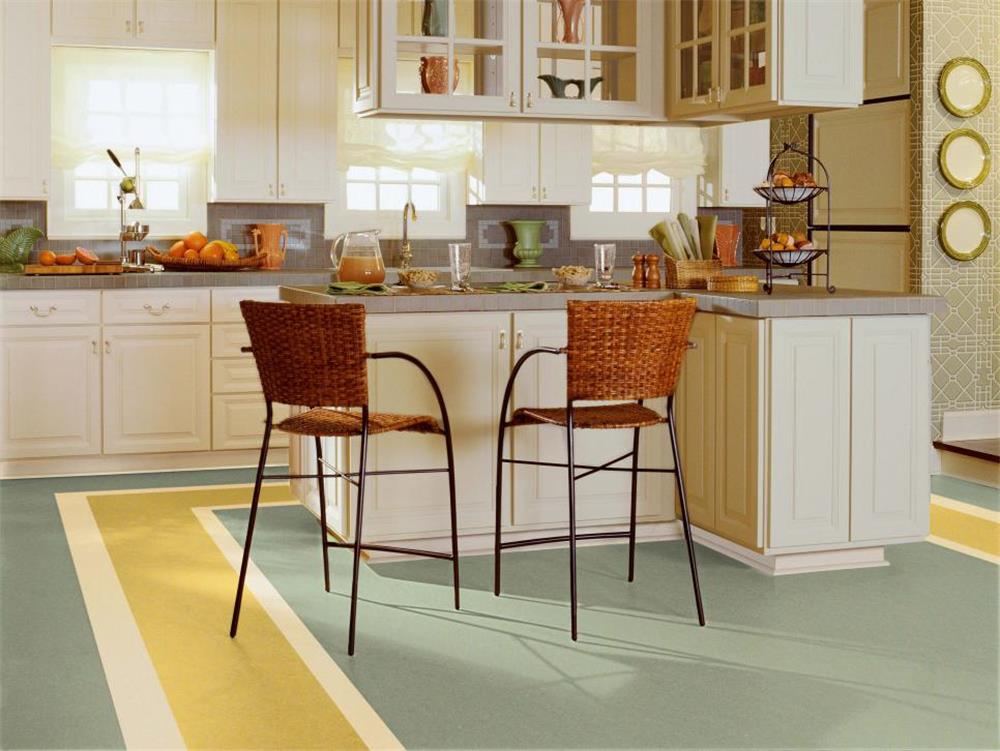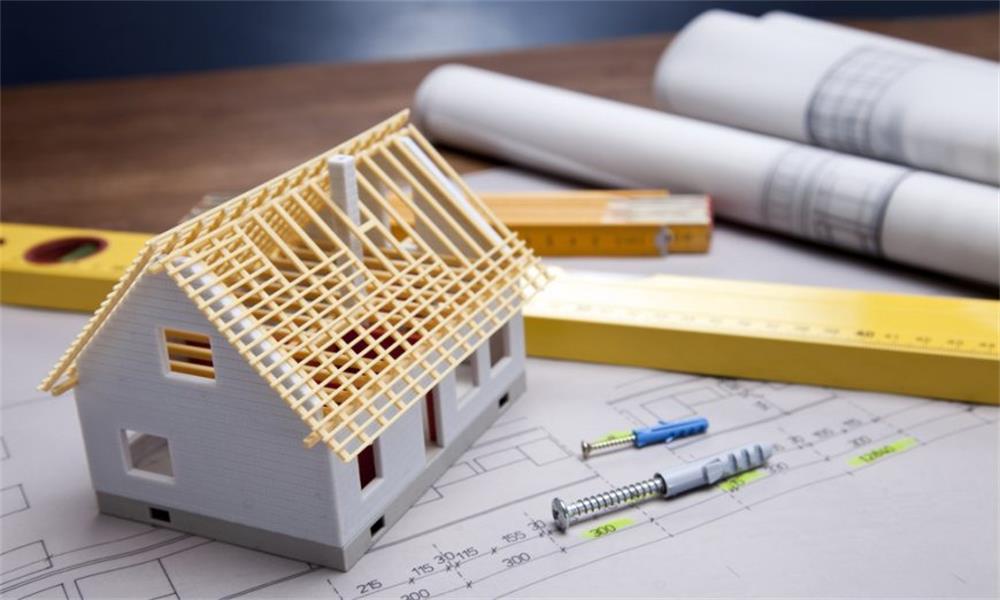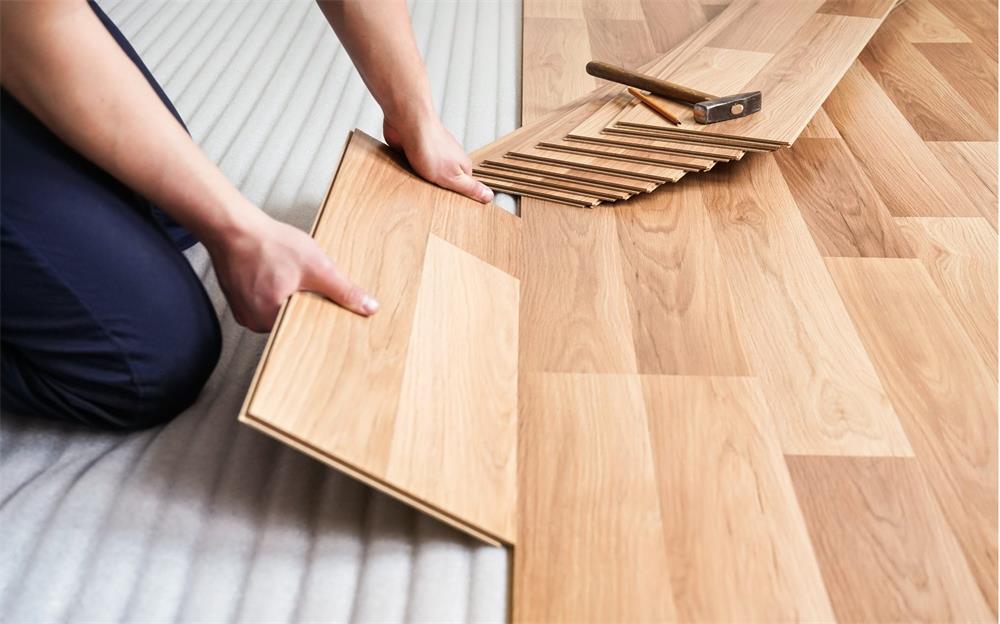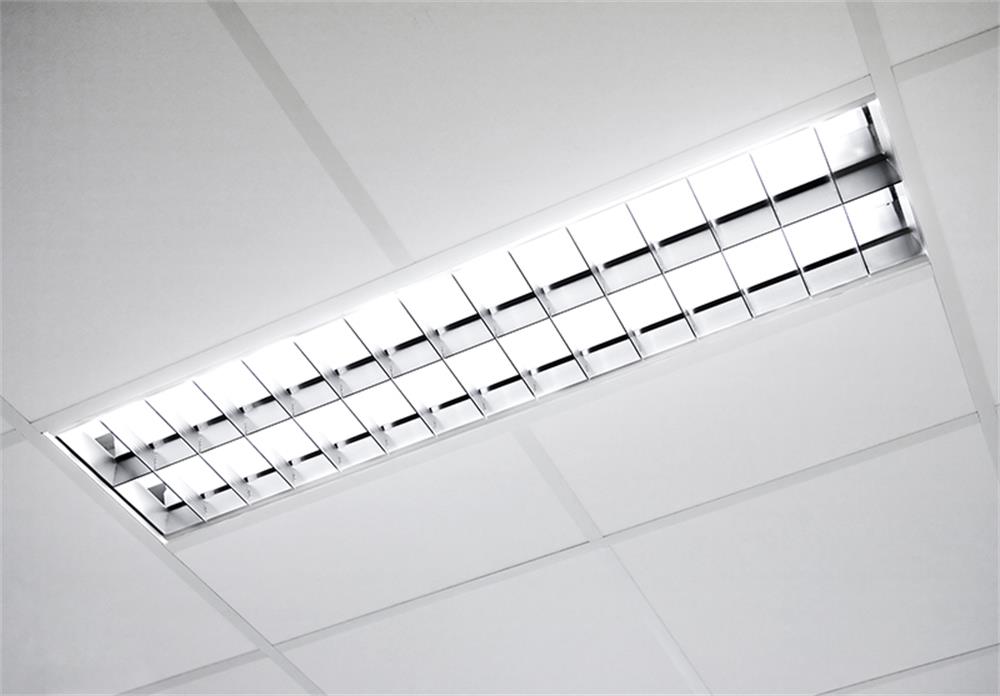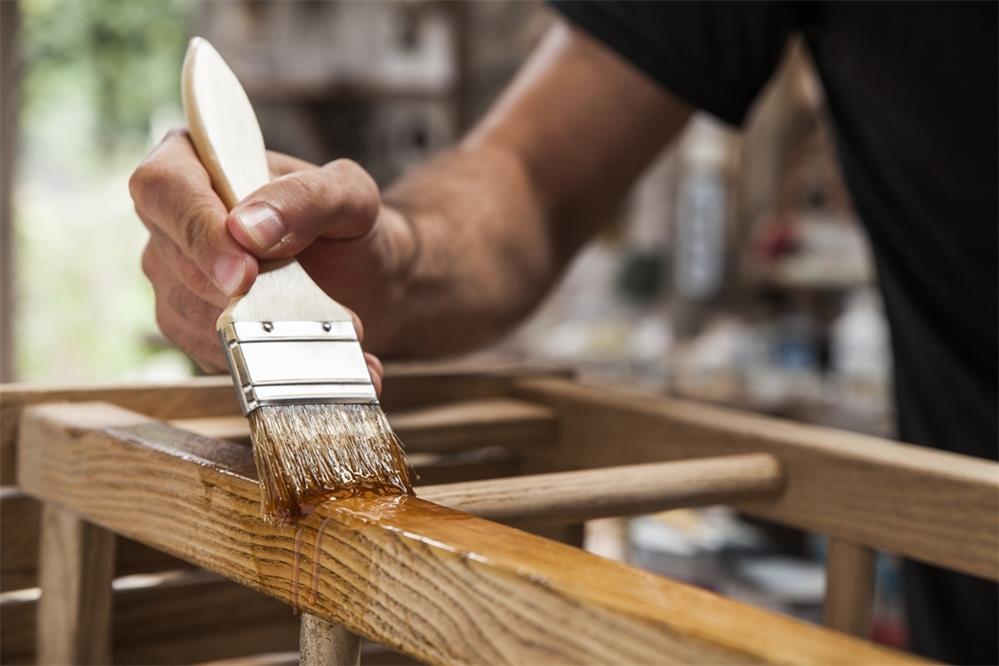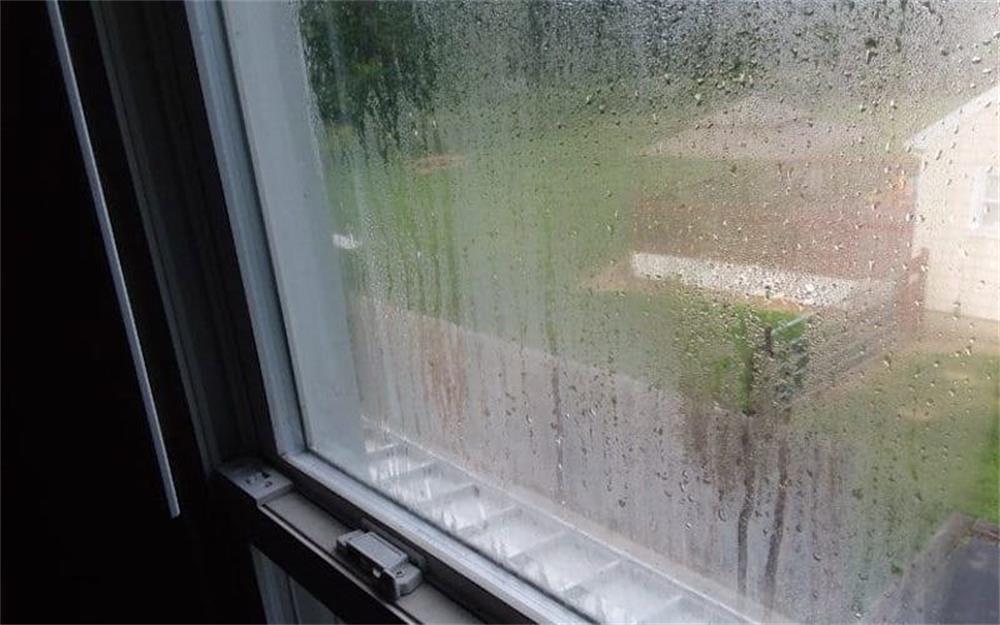Contents
Linoleum flooring is a natural, eco-friendly, and durable option for kitchens. It has many benefits that make it ideal for this busy and often messy space. However, linoleum lost its popularity in the mid-20th century, when cheaper and more modern alternatives like vinyl and rubber emerged. Now, linoleum is making a comeback, thanks to its environmental advantages and its classic or retro appeal. If you are thinking about installing linoleum flooring in your kitchen, here are some things to consider.
Why Choose Linoleum Flooring for Your Kitchen?
Linoleum flooring has several features that make it a great choice for your kitchen:
- It’s made from natural materials: Linoleum is composed of linseed oil, wood flour, cork powder, and sometimes limestone dust for strength. These ingredients are renewable and biodegradable, and they do not release harmful toxins into the air or the landfill. Linoleum can also be burned safely, unlike vinyl.
- It’s resistant to scratches: Linoleum is a solid material that has the same color and pattern throughout its thickness. This means that scratches and gouges are less noticeable than on vinyl, which has a thin wear layer on top of a different-colored backing.
- It’s comfortable underfoot: Linoleum contains cork dust, which gives it some cushioning and resilience. This can be a relief for your feet and joints if you spend a lot of time standing in the kitchen.
- It’s long-lasting: Linoleum is a very durable material that can last for 25 years or more with proper care. Some linoleum floors have been around for 40 years or longer.
- It’s suitable for retro styles: Linoleum has a long history as a kitchen flooring material, dating back to the late 1800s. It comes in a variety of colors and patterns, some of which mimic natural materials like wood, stone, or ceramic. Linoleum can complement classic or vintage designs better than newer materials like vinyl or rubber.
What to Watch Out for When Using Linoleum Flooring in Your Kitchen?
Linoleum flooring also has some drawbacks that you should be aware of before installing it in your kitchen:
- It requires sealing: Linoleum is porous and can absorb moisture and stains if not properly sealed. You need to apply a coat of acrylic sealer or wax every year or two to protect your linoleum floor from spills and dirt.
- It can fade or yellow: Linoleum is sensitive to sunlight and can fade or turn yellow over time if exposed to direct or indirect light. You may want to use curtains or blinds to limit the amount of light that reaches your linoleum floor.
- It can be damaged by heat: Linoleum can melt or burn if exposed to high temperatures or flames. You should avoid placing hot pots or pans directly on your linoleum floor or using it near fireplaces or stoves.
- It can be difficult to install: Linoleum is usually sold in rolls or sheets that need to be cut and fitted precisely to your floor. This can be a challenging task for DIYers, especially if your floor is uneven or has curves or corners. You may want to hire a professional installer to ensure a smooth and seamless result.
How to Care for Your Linoleum Flooring in Your Kitchen?
Linoleum flooring is easy to maintain if you follow some simple steps:
- Sweep or vacuum regularly: Use a soft-bristled broom or a vacuum cleaner with a hard floor attachment to remove dust and debris from your linoleum floor.
- Mop occasionally: Use a damp mop with warm water and a mild detergent to clean your linoleum floor. Avoid using abrasive cleaners, ammonia, bleach, or vinegar, as they can damage the surface of your linoleum floor.
- Remove stains promptly: If you spill something on your linoleum floor, wipe it up as soon as possible with a cloth or paper towel. For stubborn stains, use a soft brush and a mild cleaner to gently scrub the affected area.
- Polish periodically: Apply a thin coat of acrylic sealer or wax to your linoleum floor every year or two to restore its shine and protect it from wear and tear.
Linoleum flooring is a smart and stylish choice for your kitchen. It offers many advantages over synthetic materials like vinyl or rubber, such as being natural, eco-friendly, durable, comfortable, and versatile. However, linoleum also has some drawbacks that you should consider before installing it in your kitchen, such as requiring sealing, fading or yellowing over time, being susceptible to heat damage, and being difficult to install. Therefore, you should weigh the pros and cons of linoleum carefully and compare it to other flooring options before making your final decision.
How Does Linoleum Compare to Other Flooring Options?
Linoleum is not the only flooring option that can mimic the look of natural materials like wood, stone, or tile. Vinyl and laminate are two other popular choices that have some similarities and differences with linoleum. Here are some key points to consider when comparing linoleum vs. vinyl vs. laminate:
- Materials: Linoleum is made from natural materials, while vinyl and laminate are synthetic. Vinyl is 100% plastic, while laminate is mostly composed of high-density fiberboard (HDF) made from wood byproducts.
- Moisture resistance: Linoleum is water-resistant, but not waterproof. It can handle occasional spills and splashes, but it needs to be sealed regularly to prevent moisture damage. Vinyl is waterproof and can be installed in wet areas like bathrooms or basements. Laminate is water-resistant, but not waterproof. It can handle some moisture, but it can swell or warp if exposed to excessive water or humidity.
- Durability: Linoleum is durable and can last for decades with proper care. It can resist scratches and dents, but it can fade or yellow over time. Vinyl is also durable and can last for years with minimal maintenance. It can resist stains and scratches, but it can dent or tear if subjected to heavy objects or sharp edges. Laminate is durable and can last for 10 to 25 years with proper care. It can resist stains and scratches, but it can chip or crack if subjected to impact or pressure.
- Comfort: Linoleum is comfortable underfoot, as it has some cushioning and resilience due to the cork dust in its composition. It can also help reduce noise and provide insulation. Vinyl is also comfortable underfoot, as it has a soft backing layer that provides some cushioning and sound absorption. However, vinyl can feel cold or hard depending on the quality and thickness of the product. Laminate is less comfortable underfoot, as it has a rigid HDF core that offers little cushioning or sound absorption. However, laminate can be installed over an underlayment that can improve its comfort and noise reduction.
- Style: Linoleum comes in a variety of colors and patterns, some of which mimic natural materials like wood, stone, or tile. However, linoleum has a distinctive look that may not suit every taste or décor. Vinyl also comes in a variety of colors and patterns, some of which mimic natural materials very realistically. Vinyl has a wider range of style options than linoleum and can suit any taste or décor. Laminate also comes in a variety of colors and patterns, some of which mimic natural materials very realistically. Laminate has a wider range of style options than linoleum and can suit any taste or décor.
As you can see, linoleum has some advantages and disadvantages compared to vinyl and laminate flooring. The best option for your kitchen depends on your budget, preferences, and lifestyle.
Linoleum Flooring Is a Great Option for Your Kitchen
Linoleum flooring is a smart and stylish choice for your kitchen. It offers many advantages over synthetic materials like vinyl or rubber, such as being natural, eco-friendly, durable, comfortable, and versatile. However, linoleum also has some drawbacks that you should consider before installing it in your kitchen, such as requiring sealing, fading or yellowing over time, being susceptible to heat damage, and being difficult to install.
If you are looking for a natural, eco-friendly, and durable flooring option for your kitchen that has a classic or retro appeal, linoleum may be the perfect choice for you.

